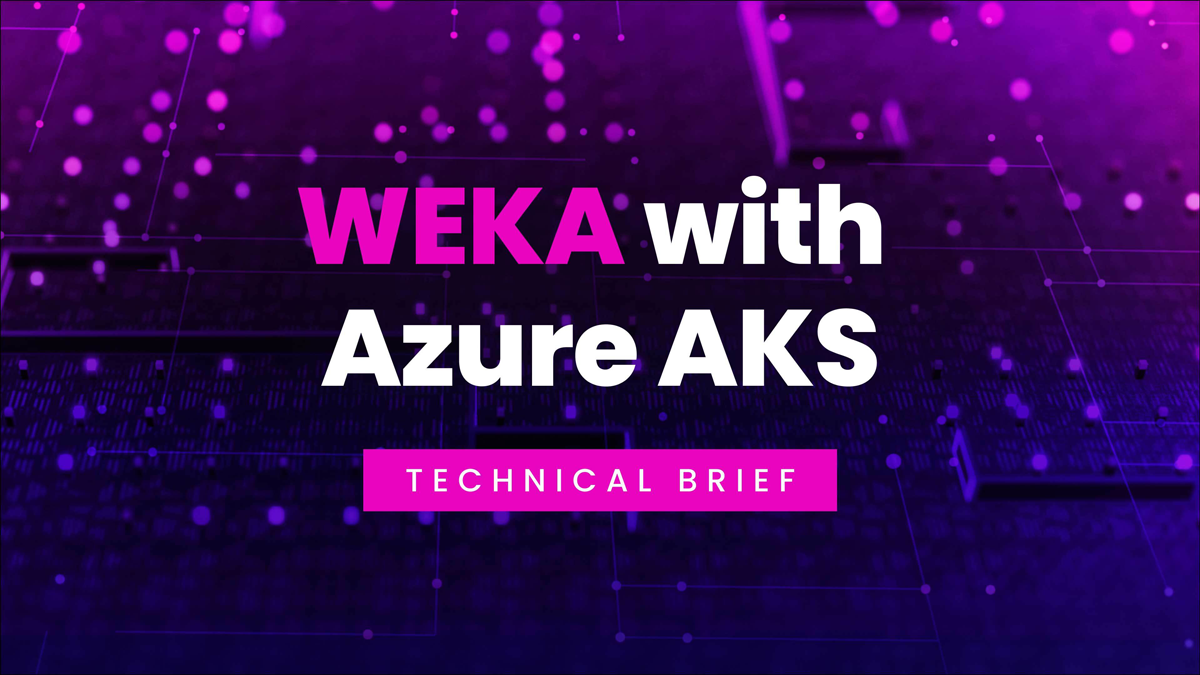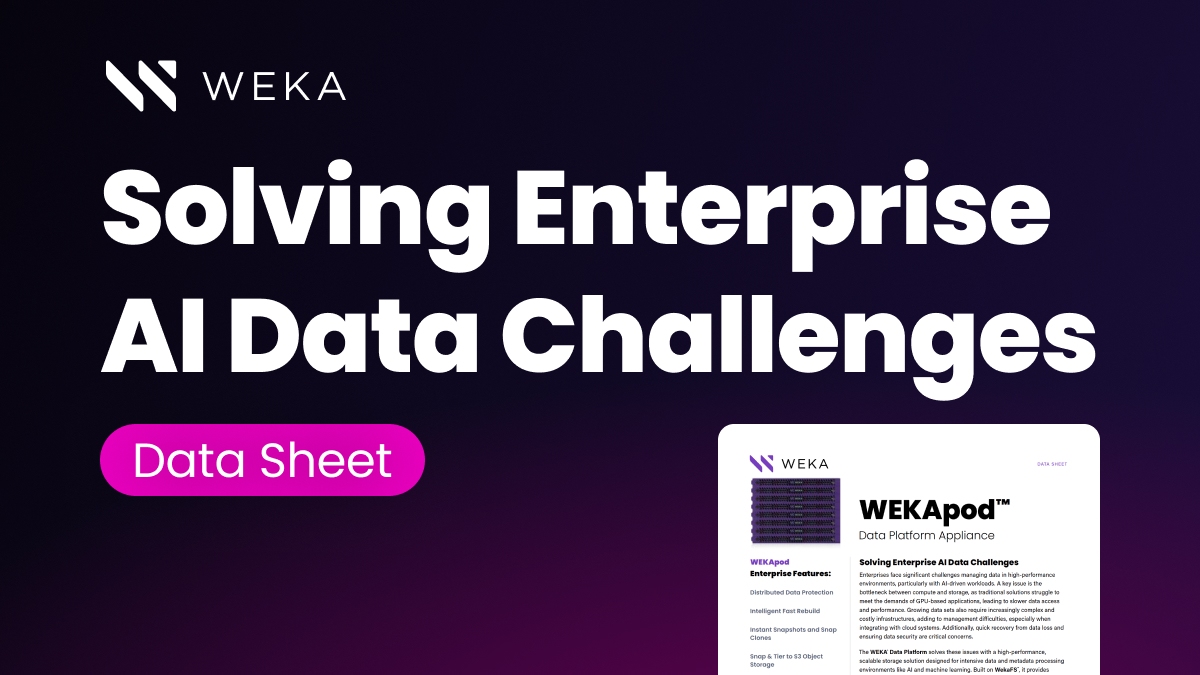Software-Defined Storage (How It Works & Its Benefits)

Wondering about software-defined storage? We explain what software-defined storage is, how it works, and how it benefits your organization.
What is software-defined storage? Software-defined storage is a storage architecture that abstracts storage resources by separating storage software from its hardware platform, resulting in greater flexibility, efficiency, and scalability.
How Does Software-Defined Storage Work?
While it might be difficult to intuitively understand how developers can separate storage hardware from software, the practice of abstracting one from the other is quite common. Software-defined storage applies this to data storage specifically.
One of the most relevant examples is hybrid cloud environments. These platforms can combine public and private server space through a combination of software and network orchestration. The user of the cloud space experiences the platform as a single entity.
Likewise, software virtualization uses applications and programming techniques to abstract storage hardware to present a unified interface for end users or other platforms. Under a software-defined storage solution, several dispersed servers hosting different types and volumes of hardware space can essentially function as a single storage entity.
Software-defined storage is essentially this but instead of abstracting several types of storage, SDS abstracts the hardware used for storage from any specific service. While the benefits of virtualization still exist, SDS takes this a step further by allowing more advanced storage services like snapshots and deduplication to apply across various types of hardware.
Because the underlying storage hardware is abstracted, scaling in and out of storage media is much more fluid. Furthermore, the combined storage power of these servers can support a diverse range of storage types:
- Scale-Out File Storage: The most common form of SDS, this schema uses abstraction to scale with traditional file and application storage that you would see on a typical computer.
- Scale-Out Block Storage: Similar to scale-out file storage in scalability, but applying to block storage. Block storage is the packaging of information into blocks with unique identifiers that allow rapid retrieval during execution (perfect for cloud applications).
- Scale-Out Object Storage: Very similar to scale-out block storage, but leveraging the advantages of modern object-based storage with metadata for maximum scalability of cloud computing applications.
- Container-Based Storage: Unlike the use of dedicated virtualization software for wide-ranging scalability, containers can provide flexible and abstract storage solutions that are tied closely to their associated containerized applications and microservices.
- Hyperconverged Infrastructure (HCI): Hyperconvergence is the practice of combining distributed storage, computing resources, RAID servers, and server processing power into a single platform.
Thus SDS allows developers and administrators to coordinate a specific type of storage across hardware.
What Are the Components of Software-Defined Storage?
Different types of SDS platforms will include specific and unique features, but modern data infrastructures often share similar components and functions. Most SDS solutions will include some combination of the following technologies:
- Hardware: A collection of storage devices that will be managed inside a cluster organization.
- Abstraction: While SDS in itself isn’t virtualization, it includes abstraction as a critical part of its operations. The separation of hardware and software is an essential part of SDS. Different abstraction methods can consist of storage virtualization, parallel NFS, or object storage platforms.
- Automation: The SDS platform will almost invariably contain some form of automation to control storage schemas and orchestrate storage across media, storage types, and applications. Additionally, automation supports scalable and reliable methods for managing security, compliance, and access issues.
- Software-Defined Networking (SDN): Larger SDS infrastructure associated with data centers will rely on SDN capabilities to support more wide-ranging and scalable cluster management.
- A Standardized Interface: This interface will include transparent APIs to support management and software development around the platform.
What Are the Benefits of Software-Defined Storage?
The advantages of SDS are derived from the combination of virtualization and orchestration. SDS solutions gain several key advantages from both these approaches to hardware management.
Some of the benefits of software-defined storage include the following:
- Device-Agnostic Infrastructure: One of the key advantages of SDS is that the underlying hardware is irrelevant so long as it can interface with the solution. An organization can use several different types of hardware as part of their solution, and the impact on the actual storage is minimal (at least for the end users and administrators).
Furthermore, enterprises can use exactly the type of hardware they want without having to worry about compatibility with critical features and services provided by the SDS.
- Pooled vs. Hierarchical Storage: Hierarchical storage has been, for years, the de facto way to organize data centers and collected storage efforts. SDS, by switching to a pooled approach, where hardware can enter and leave the storage pool as needed, provides much more flexibility and scalability.
- Infinite Scalability: Data centers are often limited by their physical reality like a set pool of IP addresses or energy constraints on servers. With SDS, however, these limits no longer apply to the solution, which means that, theoretically, there isn’t a limit to their scalability.
- Programmability: With built-in automation, enterprises can better control how their storage functions. This, in turn, provides strong governance capabilities over storage aspects like performance, security, or operations-specific functionality.
- Cost-Efficiency: The combination of scalability and hardware flexibility means that organizations can quickly deploy significant storage resources without ballooning costs related to managing physical storage.
With these benefits, the use cases of SDS are obvious. Any business with high-demand storage and data retrieval demands, particularly those that require scalability without breaking the bank, will benefit from SDS. Even outside of dedicated cloud computing resources, an SDS solution can provide storage that can burst, grow, and incorporate even outside of dedicated cloud computing resources.
WEKA: Powerful Cloud Computing for Data Storage and Orchestration
Software-defined storage is the present and future of enterprise computing. High-performance, scalable storage without concern for hardware limitations significantly shapes information platforms’ cost and flexibility, powering advanced applications in the life sciences, genomic sequencing, and data sciences.
WEKA provides the infrastructure to power such storage needs. Create object, file, or block storage systems across hybrid storage devices, scale as needed, and maintain costs with the following features:
- Streamlined and fast cloud file systems to combine multiple sources into a single high-performance computing system
- Industry-best, GPUDirect performance (113 Gbps for a single DGX-2 and 162 Gbps for a single DGX A100)
- In-flight and at-rest encryption for governance, risk, and compliance requirements
- Agile access and management for edge, core, and cloud development
- Scalability up to exabytes of storage across billions of files
Contact our team to learn more about WEKA high-performance cloud solutions and SDS capabilities.





